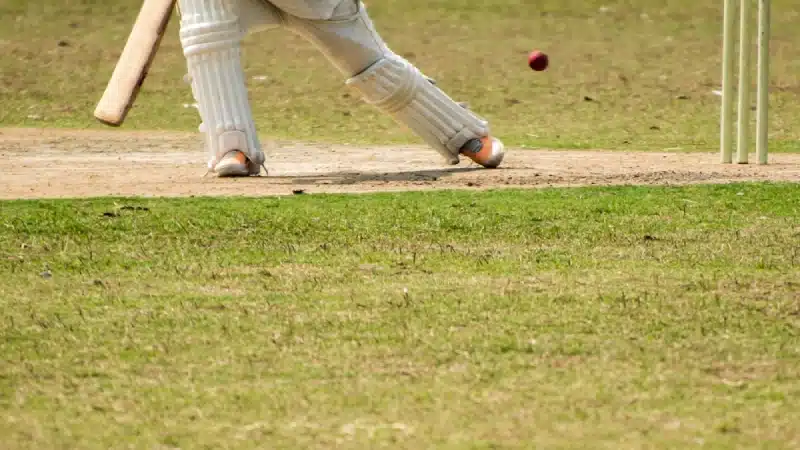
Cricket originated in South East England in the mid-16th century and with the expansion of the British Empire, the game of cricket spread worldwide with the first international matches played in the second half of the 19th century.
The game of cricket requires a few basic necessities including a bat and a ball. While bats have undergone a number of improvements and alterations over the years, balls have witnessed rare changes.
A cricket ball is a hard leathered-seamed spheroid with a circumference of nine inches (23 cm). According to the laws of cricket, top-class cricket balls must be manufactured by attaching six rows of stitches, combining the leather shell of the ball to the string and cork interior.
Who invented the cricket ball?
In the years between 1760 and 1841, the first manufactured cricket balls are believed to have been made by generations of the Duke family who at the time ran a cottage business at Redleaf Hill in Penshurst, Kent.
In 1775, Duke and Son obtained the Royal Patent for their cricket balls from King George IV. They manufactured the first-ever six seam cricket ball used in the 1780 cricket season.
While Cricket was quickly adopted as a popular sport in the Weald of Kent and Sussex, the cricket ball making family Duke & Son also played a vital role in the history and genesis of the sport.
After Duke balls fell out of favour in Australia following the second World War, the Thompson family-owned business Kookaburra bagged a contract from the Australian Cricket Board. Kookaburra-made white balls are currently more dominant in the market as compared to their red balls. They are also the biggest manufacturer of cricket balls across the globe.
On the other hand, India-based Sanspareils Greenlands, also known as SG, started its cricket balls manufacturing venture in 1931. Established by Brothers Kedarnath and Dwarakanath Anand, SG balls have a more prominent seam and are closer together than Kookaburra balls. Home Tests in India have been played with SG balls since 1994.
Evolution of cricket balls
Red balls were the first kind of cricket balls that were used in Test matches and other kinds of competitive cricket until 1977. These balls are believed to swing and seam much more when they are brand new while they tend to offer late, reverse swing once it becomes old.
Later in 1977, white-coloured cricket balls were used for the first time in World Series Cricket in Australia, which was founded by Kerry Packer. White cricket balls tend to lose their hardness quicker as compared to red balls and aren’t suited to the game’s longest format.
With the idea of turning the dream of day-night Test matches into a reality, the Marylebone Cricket Club promoted the use of pink balls in 2009 in order to overcome visibility problems at night that were created by the red ball.
Australia hosted the first-ever pink-ball Test against New Zealand in 2015. Pink balls tend to swing much more than red balls under lights and provide an advantage to fast bowlers.
Cricket ball: Weight and dimensions
The manufacturing of cricket balls is regulated by British Standard BS 5993 which checks the size, quality, construction material and performance of cricket balls. As per the first cricket regulation in 1744, the weight of the cricket balls should be between 5oz to 6 oz.
However, the weight of the ball was reduced between 5 oz to 5.75 oz in the 1770s. Furthermore, the circumference of the ball should be between 8.8125 to 9 inches.
Currently, there are three international cricket ball manufacturers, namely, Dukes, Kookaburra and SG. While Dukes balls are mostly used in England and West Indies, SG is used in India and Kookaburra is preferred in other cricket playing nations.
Featured photo: William WEST / AFP




















